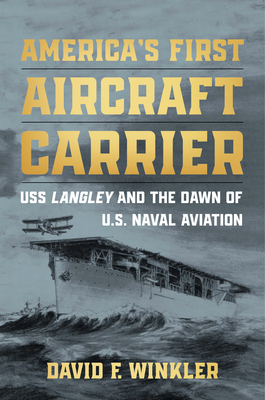America's First Aircraft Carrier: USS Langley and the Dawn of U.S. Naval Aviation

America's First Aircraft Carrier: USS Langley and the Dawn of U.S. Naval Aviation
Many of the U.S. Navy's pioneering naval aviators are closely associated with this ship, including Kenneth Whiting, John H. Towers, Godfrey DeCourcelles Chevalier, Virgil C. Griffith, Mel Pride, Patrick N. L. Bellinger, Joseph M. Reeves, Gerald Bogan, Aubrey Fitch, Felix Stump, Ernest J. King, Warren G. Child, Dan Gallery, and Frank D. Wagner. A number of these individuals would go on to play critical roles during World War II. Langley's story is their story. Aircraft carriers remain the centerpiece of American sea power projection. America's First Aircraft Carrier provides the context on how CV 1, the "Covered Wagon," and carrier development and utilization came to be.
PRP: 247.69 Lei
Acesta este Prețul Recomandat de Producător. Prețul de vânzare al produsului este afișat mai jos.
198.15Lei
198.15Lei
247.69 LeiLivrare in 2-4 saptamani
Descrierea produsului
Many of the U.S. Navy's pioneering naval aviators are closely associated with this ship, including Kenneth Whiting, John H. Towers, Godfrey DeCourcelles Chevalier, Virgil C. Griffith, Mel Pride, Patrick N. L. Bellinger, Joseph M. Reeves, Gerald Bogan, Aubrey Fitch, Felix Stump, Ernest J. King, Warren G. Child, Dan Gallery, and Frank D. Wagner. A number of these individuals would go on to play critical roles during World War II. Langley's story is their story. Aircraft carriers remain the centerpiece of American sea power projection. America's First Aircraft Carrier provides the context on how CV 1, the "Covered Wagon," and carrier development and utilization came to be.
Detaliile produsului









